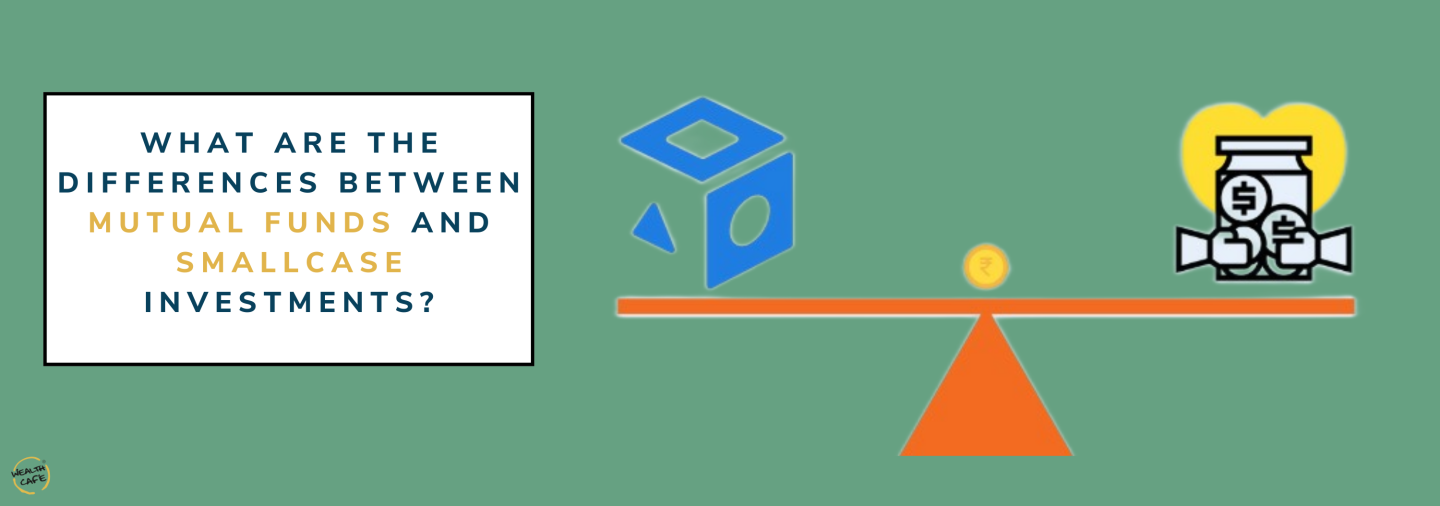xThere has been a petrifying rise in education costs over the past few years. Essentially, this rise has involved increasingly burdening households for the payment, creating a situation in which education beyond the secondary level is essentially unaffordable for most working people, and even school education involves costs for families that can be very high.
This got one of our clients, Ria, wondering how much money it would take to get her son educated for higher education.
Inputs we received from Ria :
- Her son is currently 10 years old. The time for his post-graduation first year is in 10 years.
- The current average cost of post-graduation in engineering is 40,00,000 for 4 years of engineering.
PS: She doesn't want to force her child to do engineering but wants to ensure she has enough funds if he wishes to do so. She probably wants to be ready for overseas expenditures for post-graduation too in case he wishes to do the same.
Now before we start calculating, please note that the inflation is usually considered as 6% but as we know education cost has been increasing at a higher rate, we generally consider an inflation rate of 10% for education.
STEP 1: Risk Profile
It is necessary to know your risk profile before you invest in any of your financial goals so that you can invest accordingly.
Therefore, we suggested Ria do the same. Her Risk Profile was Growth (She computed her risk profile using our calculator from the website - Risk Calculator).
As per the growth risk profile, your investments (portfolio) must be divided in the ratio of 70% in Equity and 30% debt. Also, given that the education goal is a long-term goal, we advise Ria to invest as per her risk profile. For the purpose of calculation, we consider the historic returns of equity at 15% whereas debt returns of 8% approximately. Therefore, her average portfolio return should be 12.9%
STEP 2: Calculate Monthly Investment Amount
| Components | Amount |
| Current Cost of the Goal | INR 40,00,000 |
| Rate of Inflation Assumed | 10% |
| Future Cost with Inflation | INR 77,94,868 |
| Current investment-linked towards the goal | 0 |
| Expected Returns from Equity | 15% |
| Expected Returns from Debt | 8% |
| Suggested Initial Asset Allocation between Debt: Equity-based on their Risk Profile | 30:70 |
| Avg. Portfolio Return Assumed | 12.9% |
| Monthly Investment Required | INR 38,555 |
Above is the self-explanatory working of how much Ria needs to regularly (monthly) invest to accumulate the corpus to her son’s post-graduation expenses. This required an amount of Rs. 38,555 to be invested in a given ratio of 70:30 in equity and debt mutual funds.
We also advise Ria that her investments in the ratio of her risk profile would continue till year 7. From year 8 the goal would become a short-term goal and she would have to gradually convert the equity portion to debt. We would not want her to take any risk with her investments and her son’s goal of completing his education.
STEP 3: Revisit your portfolio.
It is important to have a yearly portfolio review and to rebalance the portfolio according to their required asset allocation for every goal based on the time available.
Read - Smart investing: Time to rebalance your investment portfolio -to learn more about it
Wealth cafe advice:
We also advised Ria to not invest all her savings in her kid's education goal but also keep other goals in mind such as her own retirement goal. One must look at their investments from an overall perspective and not just at one or two things.
We have a calculator to help you compute the monthly SIPs required to achieve your goals, so you can move around your numbers, in the same way, to compute for yourself. - https://financial.wealthcafe.in/saving-calculator/
Enroll to our course: NM 105: Plan & achieve your Goals - to make your own financial plan and to learn how the whole investment thing works.
You can also check out our blog - Goal Based Investing

